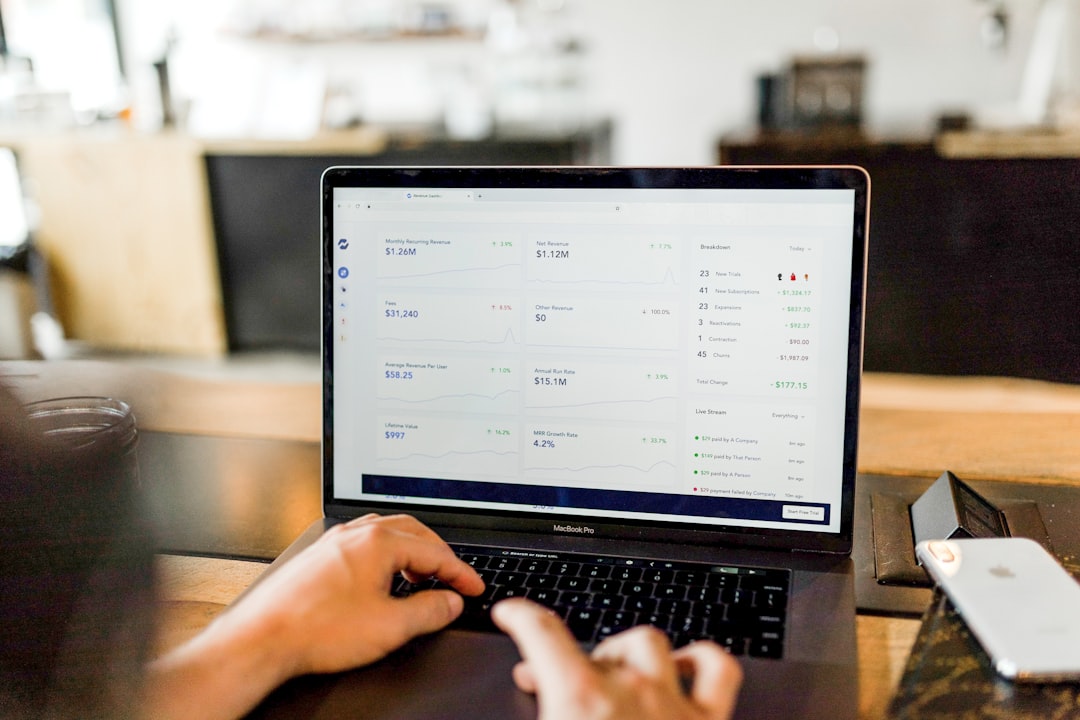
Guide to Understanding Economic Policies: A Comprehensive Overview
# Introduction. In today’s interconnected world, understanding economic policies is essential for making informed decisions, whether as an individual, business, or government entity. Economic policies encompass a variety of strategies employed by governments to influence their economies, aiming for growth, stability, and improved standards of living. This blog post aims to provide a comprehensive guide to economic policies, their classifications, objectives, influences, and the effects they have on societies. # What Are Economic Policies? Economic policies can be defined as the actions taken by a government or central bank to manage the economy and achieve specific goals. These policies play a significant role in influencing a nation’s economic performance, including employment rates, inflation levels, and production output. Economic policies can be grouped into different categories: fiscal policies, monetary policies, trade policies, and regulatory policies, each serving a unique purpose in the economic landscape. # Fiscal Policies Explained. Fiscal policy involves government spending and tax policies designed to influence a country’s economic growth and stability. Governments may increase spending on public services such as education and healthcare to stimulate economic activity during a slowdown or recession. On the other hand, during economic booms, they may reduce spending or raise taxes to prevent an economy from overheating. Understanding the nuances of fiscal policy helps individuals and businesses anticipate changes in tax rates and government spending that can significantly affect their financial decisions. ## Types of Fiscal Policies. 1. **Expansionary Fiscal Policy:** This type seeks to increase aggregate demand through increased government spending and tax cuts, often implemented during economic downturns to encourage growth. 2. **Contractionary Fiscal Policy:** In contrast, this policy aims to reduce government spending or increase taxes to cool down an overheating economy and control inflation. 3. **Neutral Fiscal Policy:** In a neutral stance, government spending and taxation levels neither stimulate nor contract the economy but aim for a balanced budget. # The Role of Monetary Policies. Monetary policy refers to the processes by which a central bank manages the money supply and interest rates to influence economic activity. Through tools like open market operations, discount rates, and reserve requirements, central banks aim to achieve maximum employment, stable prices, and moderate long-term interest rates. The importance of monetary policy cannot be overstated; it is the backbone of any financially stable environment. ## Types of Monetary Policies. 1. **Expansionary Monetary Policy:** Implemented to stimulate borrowing and investing by lowering interest rates and increasing the money supply. 2. **Contractionary Monetary Policy:** Aimed at controlling inflation, this policy involves raising interest rates and decreasing the money supply to curb excess spending. # Trade Policies Unpacked. Trade policies govern international trade relationships and define tariffs, trade agreements, and regulations affecting imports and exports. They play a crucial role in determining how competitive a nation is globally and can create opportunities for domestic businesses or expose them to foreign competition. Understanding trade policies helps businesses identify potential markets and navigate international regulatory landscapes. ## Components of Trade Policies. 1. **Tariffs:** Taxes imposed on imported goods, designed to protect domestic industries from foreign competition. 2. **Quotas:** Limits on the number of goods that can be imported, often used to regulate supply and demand. 3. **Trade Agreements:** Formal treaties between nations designed to facilitate trade by reducing tariffs and other barriers. # Regulatory Policies and Their Impacts. Regulatory policies consist of legal frameworks and rules that govern economic activities and business behaviors. These can include environmental regulations, labor laws, and health and safety standards. While regulations can sometimes be viewed as burdensome by businesses, they are essential in protecting consumers, workers, and the environment. ## Key Aspects of Regulatory Policies. 1. **Consumer Protection Laws:** Designed to keep consumers safe from unfair business practices, these laws govern product safety, advertising, and fair trade practices. 2. **Environmental Regulations:** Policies aimed at reducing pollution and protecting natural resources. They create a balance between economic growth and sustainability. 3. **Labor Regulations:** These establish guidelines for fair wages, work conditions, and labor rights, ensuring a safe and fair working environment for employees. # Conclusion. Understanding economic policies is not only crucial for economists and policymakers but for every citizen. These policies shape everyday life by influencing job availability, prices, and the overall economic climate. By grasping the fundamentals of fiscal, monetary, trade, and regulatory policies, individuals and businesses can better navigate the complex world of economics, make informed decisions, and potentially advocate for policy changes reflecting their needs and concerns. As you explore economic policies further, consider how they apply to your personal circumstances, business strategies, and community impact. By staying informed, you will be better equipped to engage with economic discourse and navigate the choices that affect your financial future. .








